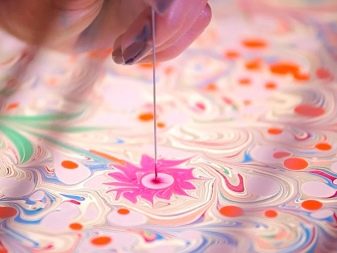All About Ebru Thickeners
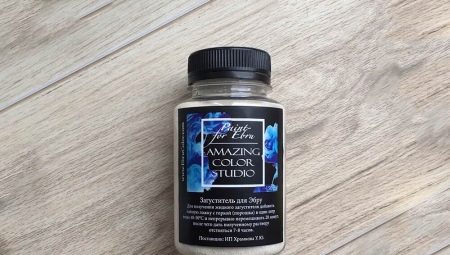
Ebru is a magical and amazing technique in the visual arts, based on abstraction. It came to us from the countries of the Far East, and its roots go back to ancient times.
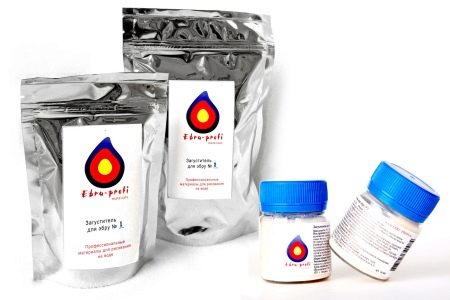
Appointment
This type of drawing helps to relax and not worry about the result. You don't need to know anatomy or composition to make this practice a reality. The result will always be completely different, this is the main advantage of this type of drawing. Such a unique and interesting picture will serve as an unusual gift for a loved one or a stylish addition to your home interior.
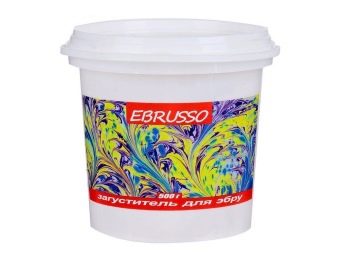
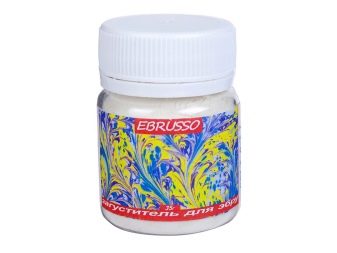
The essence of ebru is that a unique pattern is created on the surface of a liquid with the help of paints, and then it is transferred to paper. Professionals also practice transferring such an image onto canvas, fabric, wood or leather. The advantage of this technique is that the result cannot be repeated exactly, however, unlike other techniques, it is assumed that the drawing will retain its clear outline.
This result is achieved using vegetable oils in the paint, which prevent it from completely mixing with water.
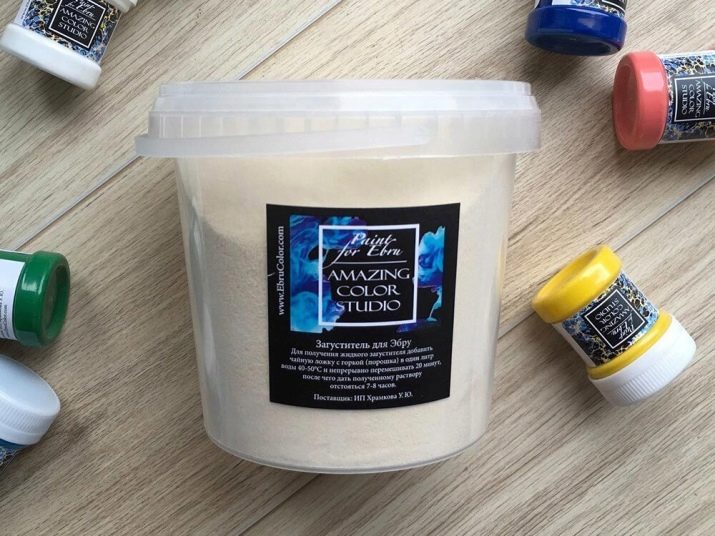
A thick aqueous solution is needed to make the drawing. Thickening the water to the desired state is not difficult. Such a liquid resembles jelly or semolina porridge. Such a consistency is needed so that the paint does not dissolve, but remains on the surface. It also keeps the shape of the future drawing, preventing it from spreading and settling as a sediment to the bottom of the container. If the solution is very liquid, then all the dyes will mix, and the job will not work.
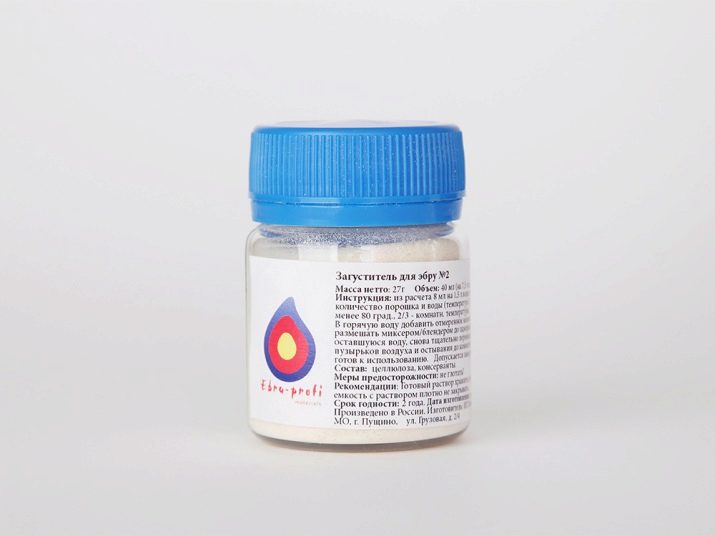
You can buy an ebru thickener at almost any craft store. Today there is a huge selection of materials, ranging from budget versions to more expensive and high quality ones. Do not ignore this very important element, as it directly affects the outcome of your work.
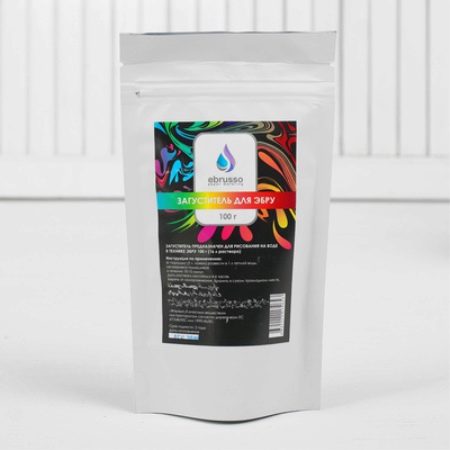
Varieties
Thickeners come in a variety of textures, but the most popular is the dry mix. It is more economical, a small package will last for a long time, there is no risk of spilling liquid in the bag during transportation. The powder is lighter and more compact, however, when pouring, it can give unpleasant lumps and streaks.
A thickener in liquid form will be much more willing to react with water and give faster results. It will completely dissolve, leaving no lumps that can affect the quality of the finished painting and the process of work. But for a liquid material, the consumption can be several times higher, which, accordingly, affects the cost of the product.

To properly prepare the solution, you must carefully read the instructions on the product packaging. Usually, the manufacturer indicates the correct proportions for the correct dilution of the liquid. If you do not find the instructions you need, then look at the manufacturer's official website.
You should not dilute the liquid by eye without clear instructions, as you can unknowingly spoil a large amount of the product.

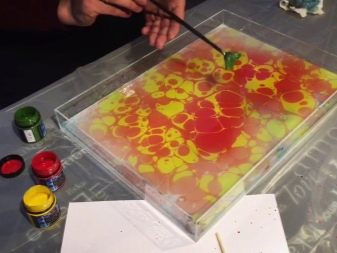
Prepare a vessel in which you will mix the solution. Pour water into it, based on the proportions indicated on the package. Start stirring, gradually adding powder or adding a special liquid. After you have combined the two main components, let the resulting mass brew under the necessary conditions.

Since the composition of thickeners may differ, the cooking time may be different. However, on average it takes about 10–20 minutes to cook. All this time, the liquid must be thoroughly mixed to avoid its heterogeneity. After you have prepared the solution, you can safely start drawing and not be afraid that the paint will simply spread and the drawing will lose its shape.
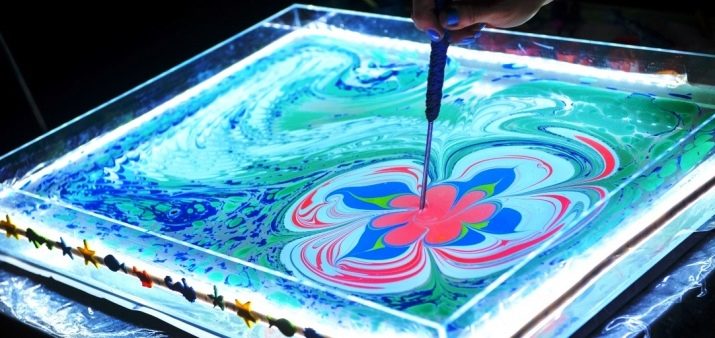
How and from what to do it yourself?
Despite the huge number of different types of thickeners on store shelves, you can try making it yourself. However, you should be prepared for the fact that the first time the result may not satisfy you. If you want to try this technology for the first time, then you should use an easy recipe, don't look for more difficult versions. To do this, you do not need complex and incomprehensible ingredients, you can find all the necessary elements in your kitchen.
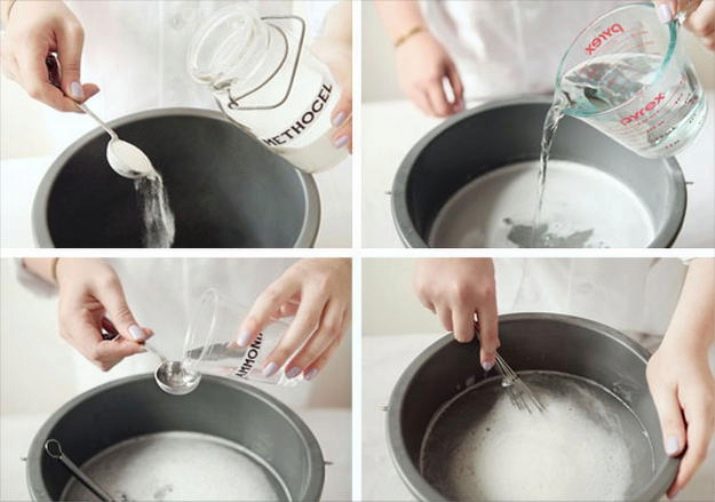
The required liquid can be prepared from flour. It needs to be diluted to a state of not too thick paste, similar in consistency to PVA glue. Make sure that the solution does not turn into dough, otherwise such a mass can be safely sent to the trash can. If you are afraid to overdo it with the amount of flour, you can replace it with starch. Then you get a kind of white jelly.
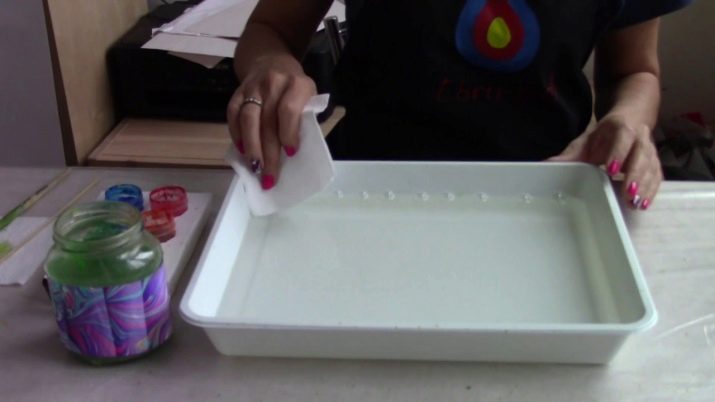
Unfortunately, there is no exact proportional ratio of these powders to water, so you have to experiment and mix the liquid at your discretion. The main thing is not to be afraid of failure, since the first time the result may not meet your expectations. It is important not to stop and keep creating.
